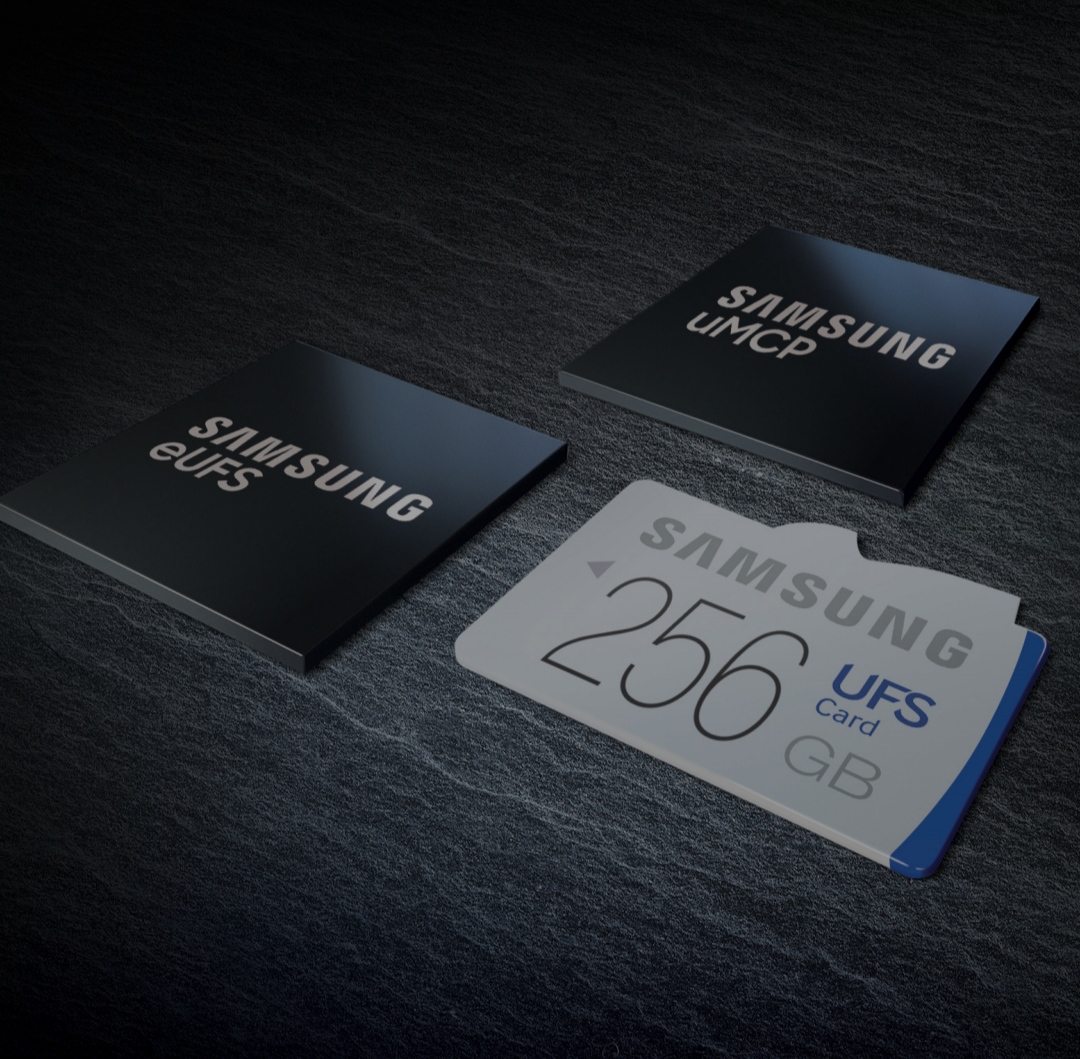UFS 2.0 vs 2.1 vs 2.2: The Midrange Storage Chip Battle
The purpose of this article is to draw a direct comparison between UFS 2.0 vs 2.1 vs 2.2 and also explain the technical properties of the different versions of UFS.
Devices with limited space for storage equipment, i.e. smartphones, tablets, and digital cameras are the main benefactors of the Universal Flash Storage technology.
Note: UFS is a technology associated with the ROM of a device.
Introduction
The Universal Flash Storage Technology was introduced in 2010. UFS 1.0 was launched in 2011.
JEDEC is the General standardising organisation of UFS. JEDEC is in charge of keeping the Universal Flash Storage quality in check. JEDEC (Joint Electronic Device Engineering Council], is an independent semiconductor engineering trade organization based in the USA.
Command Queue is a technology present in UFS that accelerates the speed of command execution in SSDs through a serial interface and significantly increases data processing speed compared to the 8-bit parallel-interface-based eMMC standard.
UFS standards also adopt the well-known Small Computer System Interface(SCSI) 2 Architecture Model and command protocols that support multiple simultaneous commands and command queuing features to enable highly efficient multi-thread programming.[Samsung]
Universal Flash Storage [UFS] 2.0
Version 2.0 UFS is 50% closer to SSD in file transfer speed and consumes 50% less energy compared to previous generations of Universal Flash Storage version 1.1 and eMMC pro.
Samsung was the first smartphone company to launch a device with Universal Flash Storage 2.0. The first device from Samsung to utilize the Universal Flash Storage 2.0 was the Samsung Galaxy S6.
Notably, UFS 1.1 had a single lane for read/write tasks, which resulted in slower completion of tasks. The next generation of UFS version 2.0 created a solution by adding an extra lane for activities.
Added Information:(Serial Interface) UFS(Parallel Interface) eMMC/SD
UFS 2.1
Universal Flash Storage 2.1 was introduced to fix the security flaws in 2.0.
UFS 2.2
JEDEC “The purpose of this standard is the definition of a Universal Flash Storage electrical interface and a memory device. This standard defines a unique Universal flash storage feature set that includes the feature set of eMMC standards as a subset. This standard replaces JESD220C, version 2.1, and introduces a feature called WriteBooster”
What is WriteBooster?
WriteBooster reduces the startup time when an app is triggered, and also improves cache loading time.
Browsers and general activities of a device using Universal Flash Storage 2.2 will see a significantly quicker response time compared to the previous generation 2.1.
Read speed and data transfer have not been increased or improved upon when compared to 2.1.
UFS 2.0 vs UFS 2.1 vs UFS 2.2 Comparison Table
| Ufs 2.0 | Ufs 2.1 | Ufs 2.2 | |
|---|---|---|---|
Year of launch | Ufs 2.0 2013 | Ufs 2.1 2017 | Ufs 2.2 2020 |
Storage Capacity | Ufs 2.0 128 GB, 256 GB | Ufs 2.1 512 GB, 1 TB, Automotive versions | Ufs 2.2 512 GB, 1 TB, Automotive versions |
Sequential Read | Ufs 2.0 350 Mbps (with 128 GB), 850 Mbps (with 256 GB) | Ufs 2.1 860 Mbps ( with 512GB ) | Ufs 2.2 860 Mbps ( with 512GB ) |
Random Read (IOP/sec) | Ufs 2.0 19,000 (with 128 GB), 45,000 (with 256 GB) | Ufs 2.1 42,000 ( with 512GB ) | Ufs 2.2 42,000 ( with 512GB ) |
Random Write | Ufs 2.0 14,000 (with 128 GB), 40, 000 (with 256 GB) | Ufs 2.1 40,000 ( with 512GB ) | Ufs 2.2 40,000 ( with 512GB ) |
Security Level | Ufs 2.0 Same as the previous generation. UFS 1.1 | Ufs 2.1 20% more secure than the previous generation. UFS 2.0 | Ufs 2.2 Same as the previous generation. UFS 2.1 |
WriteBooster | Ufs 2.0 No | Ufs 2.1 No | Ufs 2.2 Yes |
CONCLUSION
The increase in data read/write speed of the UFS 2.0 over 1.1 was a much-needed improvement.
The security level of UFS 2.1 does guarantee a much safer environment to store and run different pieces of information/files without losing data or compromising your privacy.
Universal Flash Storage 2.2 took a step further by providing a much faster device response time for activities thanks to the introduction of the WriteBooster feature.
After going through the above information, I hope your next device of choice will be thoroughly sorted when it comes to storage choice.
Well until the next one, ZesusHV is signing you on. Have a wonderful day.
